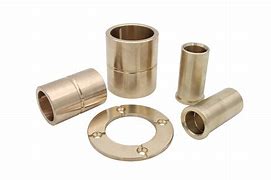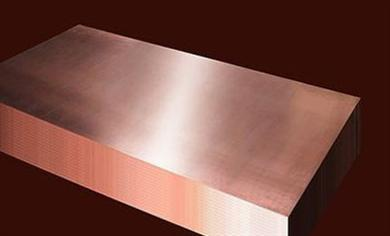**Rusty Secrets: Why Your Copper Pipes Might Be Blushing**
(What Gives A Red Sediment To Water Running Thru Copper Pipes)
You turn on the tap, expecting clear water. Instead, you get a reddish trickle. It looks like someone dumped a pinch of rust into your glass. If your home has copper pipes, this rusty surprise might leave you scratching your head. Copper doesn’t rust—right? Well, not exactly. Let’s dig into the science behind this odd phenomenon.
Copper pipes are tough. They’re known for durability and resistance to corrosion. But even superheroes have weaknesses. Over time, copper can react with water and oxygen. This trio—copper, water, and oxygen—starts a slow chemical dance. The result? A reddish sediment that settles in your pipes or stains your water.
So what’s happening here? Blame it on oxidation. When copper meets oxygen in water, it forms copper oxide. This compound has a reddish-brown color. Think of old pennies. That dull, reddish tint? That’s copper oxide. The same stuff can build up inside your pipes, especially if the water sits still for hours. When you finally run the tap, the loosened sediment flushes out, giving your water a rusty hue.
But wait—there’s more. Water isn’t just H2O. It carries minerals, acids, and even tiny bits of other metals. If your water is slightly acidic, it speeds up the corrosion process. Imagine lemon juice on a cut. It stings because the acid reacts fast. Acidic water does the same to copper, eating away at the pipe’s interior. This releases more copper particles into the water, which then oxidize and turn red.
Another culprit? Aging pipes. Even copper can’t fight time forever. After decades of use, microscopic cracks and pits form inside the pipes. These rough spots trap water and minerals, creating perfect hideouts for corrosion. The longer water sits in these nooks, the more sediment builds up. Next time you use the tap, that gunk gets a free ride into your sink.
Sometimes, the problem isn’t just your pipes. If your home has a mix of copper and steel pipes, galvanic corrosion might be at play. This happens when two different metals touch in water. The water acts like a bridge, letting electrons move between the metals. Copper, being more noble, stays safe. The steel? It corrodes faster, shedding particles that can tint your water reddish.
Don’t ignore electrolysis, either. Stray electrical currents in your plumbing—from faulty wiring or nearby power lines—can zap your pipes. This accelerates corrosion, turning sections of copper into rusty confetti. If your water’s redness comes with a metallic taste, electrolysis might be the sneaky villain.
What can you do? First, test your water. A simple pH test kit from a hardware store can reveal if acidity is the issue. If the pH is low (below 7), installing a neutralizing filter might help. For older pipes, consider a professional inspection. A plumber can check for corrosion hotspots or mixed-metal connections. Flushing your pipes regularly—especially after long periods of inactivity—can also clear out built-up sediment.
(What Gives A Red Sediment To Water Running Thru Copper Pipes)
If the problem persists, a whole-house water filter or pipe lining might be worth exploring. These solutions tackle the root cause, not just the symptoms. Remember, while reddish water isn’t always an emergency, it’s your home’s way of waving a little red flag. Listen to it.
Inquiry us
if you want to want to know more, please feel free to contact us. (nanotrun@yahoo.com)



